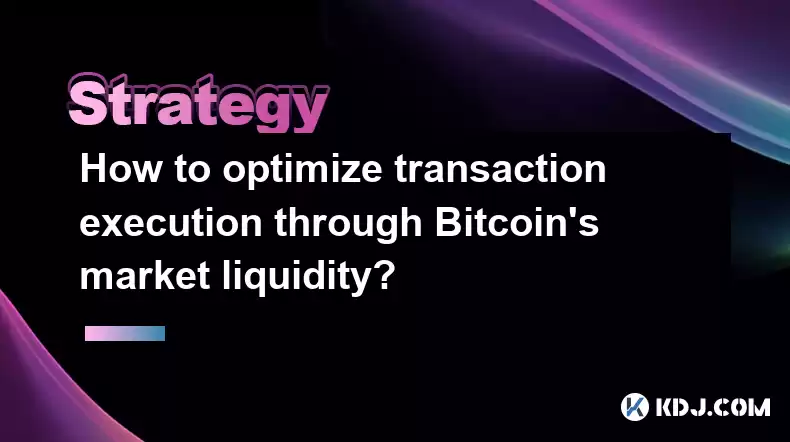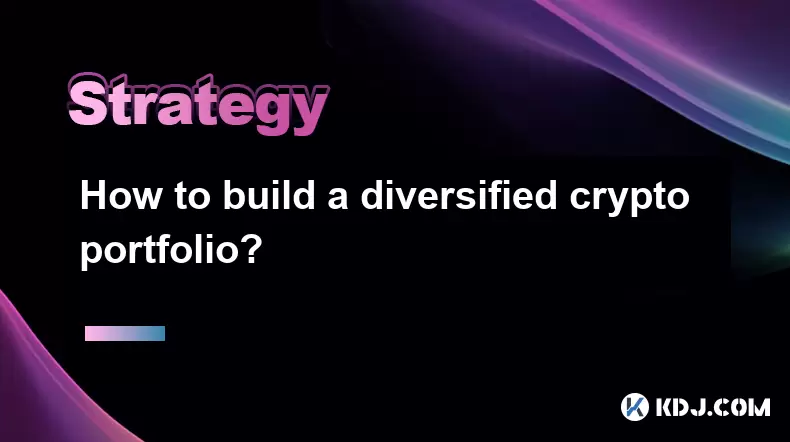-
 Bitcoin
Bitcoin $116400
-0.36% -
 Ethereum
Ethereum $4033
3.40% -
 XRP
XRP $3.302
-1.26% -
 Tether USDt
Tether USDt $1.000
-0.02% -
 BNB
BNB $796.1
1.67% -
 Solana
Solana $177.8
1.89% -
 USDC
USDC $0.9999
0.00% -
 Dogecoin
Dogecoin $0.2314
4.09% -
 TRON
TRON $0.3381
0.14% -
 Cardano
Cardano $0.7989
1.22% -
 Stellar
Stellar $0.4496
-1.84% -
 Chainlink
Chainlink $20.42
9.42% -
 Hyperliquid
Hyperliquid $41.17
0.88% -
 Sui
Sui $3.914
3.77% -
 Bitcoin Cash
Bitcoin Cash $584.7
1.52% -
 Hedera
Hedera $0.2632
-0.54% -
 Avalanche
Avalanche $24.09
3.40% -
 Ethena USDe
Ethena USDe $1.001
-0.02% -
 Litecoin
Litecoin $123.2
1.33% -
 Toncoin
Toncoin $3.318
-0.04% -
 UNUS SED LEO
UNUS SED LEO $8.984
-0.05% -
 Shiba Inu
Shiba Inu $0.00001323
2.85% -
 Uniswap
Uniswap $10.90
4.41% -
 Polkadot
Polkadot $3.999
3.34% -
 Dai
Dai $1.000
0.01% -
 Cronos
Cronos $0.1630
9.64% -
 Bitget Token
Bitget Token $4.484
0.82% -
 Monero
Monero $272.4
2.44% -
 Pepe
Pepe $0.00001173
6.03% -
 Aave
Aave $290.8
2.88%
How to optimize transaction execution through Bitcoin’s market liquidity?
By evaluating market liquidity, utilizing advanced order types, considering slippage, monitoring market depth, and engaging in market making, traders can optimize their execution strategies and maximize their profitability in the digital asset market.
Feb 27, 2025 at 01:54 am

Key Points:
- Evaluate Market Liquidity: Determine the best time to execute trades based on market volume and bid-ask spread.
- Utilize Order Types: Employ advanced order types, such as limit orders and stop-loss orders, to optimize price execution.
- Consider Slippage: Account for potential slippage when executing large orders and implement strategies to minimize its impact.
- Monitor Market Depth: Analyze the distribution of orders at various price levels to identify potential areas of resistance and support.
- Utilize Market Making: Engage in market making techniques to provide liquidity and improve price stability.
Detailed Guide:
1. Evaluate Market Liquidity
Market liquidity refers to the ease with which an asset can be bought or sold without significantly impacting its price. To optimize transaction execution, it's crucial to assess market liquidity by examining:
- Trading Volume: The number of trades executed within a given period indicates the level of market activity and liquidity. Higher volume typically results in tighter spreads and improved price execution.
- Bid-Ask Spread: The difference between the highest bid price (the price buyers are willing to pay) and the lowest ask price (the price sellers are willing to accept) represents the spread. A narrow spread indicates high market liquidity and lower execution costs.
2. Utilize Order Types
- Limit Orders: Allow traders to specify the desired execution price. When the market price reaches this level, the order is executed. This ensures precise price execution but may result in delayed execution if the market moves against the trader's position.
- Market Orders: Execute immediately at the prevailing market price. While they provide quick execution, they offer less control over the execution price and may result in unfavorable prices for large orders.
- Stop-Loss Orders: Automatically trigger a sell order once the market price falls below a specified level, preventing further losses.
- Trailing Stop-Loss Orders: Adjust their trigger price dynamically as the market price moves favorably, allowing investors to secure profits while minimizing risk.
3. Consider Slippage
Slippage occurs when the executed price deviates from the desired price due to changes in market conditions during order processing. It becomes particularly significant when executing large orders. Strategies to minimize slippage include:
- Breaking large orders into smaller ones
- Executing during periods of high market liquidity
- Utilizing market making techniques to support both buy and sell orders
4. Monitor Market Depth
Market depth displays the distribution of orders at various price levels in order books. By analyzing the market depth, traders can:
- Identify areas of resistance and support where significant sell or buy orders are concentrated.
- Assess the potential impact of large orders on execution price.
- Determine the optimal execution price to minimize slippage and maximize profit.
5. Utilize Market Making
Market makers provide liquidity by placing both buy and sell orders at or near the current market price. They typically make profits from the bid-ask spread and help stabilize market prices. Traders can benefit from market making by:
- Taking the other side of market makers' orders, improving execution prices.
- Enhancing liquidity during periods of low market activity, facilitating smoother execution.
FAQs:
1. What factors influence market liquidity?
- Trading volume
- Bid-ask spread
- Market volatility
- Economic conditions
- Regulatory changes
2. How do order types affect execution price?
- Limit orders provide precise execution but may delay execution.
- Market orders execute immediately but offer less control over price.
- Stop-loss orders manage risk by automatically selling at a predefined level.
- Trailing stop-loss orders dynamically adjust their trigger price to lock in profits and minimize losses.
3. What strategies can be used to minimize slippage?
- Break large orders into smaller ones
- Execute during periods of high liquidity
- Utilize market making techniques
- Monitor market depth to identify potential areas of slippage
4. What is the role of market makers in liquidity provision?
- Place both buy and sell orders at or near the current market price.
- Profit from the bid-ask spread and stabilize prices.
- Provide liquidity during periods of low market activity.
5. How can traders benefit from monitoring market depth?
- Identify areas of resistance and support to anticipate price movements.
- Assess the potential impact of large orders on execution price.
- Determine the optimal execution price to minimize slippage.
Disclaimer:info@kdj.com
The information provided is not trading advice. kdj.com does not assume any responsibility for any investments made based on the information provided in this article. Cryptocurrencies are highly volatile and it is highly recommended that you invest with caution after thorough research!
If you believe that the content used on this website infringes your copyright, please contact us immediately (info@kdj.com) and we will delete it promptly.
- HAT Token Mania: Price Surges, Crypto Auctions, and Meme Coin Mayhem
- 2025-08-09 11:10:11
- Undervalued Cryptos Primed for a 2025 Takeoff: MAGACOIN, TRX, and SUI Lead the Pack
- 2025-08-09 11:10:11
- Bitcoin Goes to Harvard: Ivy League Embraces Digital Assets
- 2025-08-09 10:50:12
- Bitcoin, BlockDAG, and Toncoin: Decoding the Crypto Buzz in NYC
- 2025-08-09 11:30:11
- XRP, Pi Network, and Binance Listing Buzz: What's the Hype?
- 2025-08-09 11:30:11
- Arctic Pablo Coin: The Meme Coin Presale Promising High ROI in Q3 2025
- 2025-08-09 10:50:12
Related knowledge

How to use stop-loss orders to limit potential losses?
Aug 08,2025 at 02:01pm
Understanding Stop-Loss Orders in Cryptocurrency TradingA stop-loss order is a risk management tool used by traders to automatically sell a cryptocurr...

How to read cryptocurrency charts and use technical analysis?
Aug 08,2025 at 11:08am
Understanding the Basics of Cryptocurrency ChartsCryptocurrency charts are graphical representations of price movements over time. These charts are es...

How to do your own research (DYOR) before investing in a crypto project?
Aug 08,2025 at 09:07pm
Understanding the Core Principles of DYOR in CryptocurrencyEngaging in due diligence before investing in any cryptocurrency project is essential to mi...

How to build a diversified crypto portfolio?
Aug 09,2025 at 12:21pm
Understanding the Importance of Diversification in CryptoDiversification in the cryptocurrency space is a strategy used to reduce risk by spreading in...

How to avoid common crypto investment mistakes?
Jul 13,2025 at 01:35am
Understanding the Risks of Crypto InvestmentInvesting in cryptocurrency can be highly rewarding, but it also comes with significant risks. One of the ...

What is a long-short crypto strategy?
Jul 15,2025 at 10:56am
Understanding the Basics of a Long-Short Crypto StrategyA long-short crypto strategy is an investment approach where traders simultaneously take long ...

How to use stop-loss orders to limit potential losses?
Aug 08,2025 at 02:01pm
Understanding Stop-Loss Orders in Cryptocurrency TradingA stop-loss order is a risk management tool used by traders to automatically sell a cryptocurr...

How to read cryptocurrency charts and use technical analysis?
Aug 08,2025 at 11:08am
Understanding the Basics of Cryptocurrency ChartsCryptocurrency charts are graphical representations of price movements over time. These charts are es...

How to do your own research (DYOR) before investing in a crypto project?
Aug 08,2025 at 09:07pm
Understanding the Core Principles of DYOR in CryptocurrencyEngaging in due diligence before investing in any cryptocurrency project is essential to mi...

How to build a diversified crypto portfolio?
Aug 09,2025 at 12:21pm
Understanding the Importance of Diversification in CryptoDiversification in the cryptocurrency space is a strategy used to reduce risk by spreading in...

How to avoid common crypto investment mistakes?
Jul 13,2025 at 01:35am
Understanding the Risks of Crypto InvestmentInvesting in cryptocurrency can be highly rewarding, but it also comes with significant risks. One of the ...

What is a long-short crypto strategy?
Jul 15,2025 at 10:56am
Understanding the Basics of a Long-Short Crypto StrategyA long-short crypto strategy is an investment approach where traders simultaneously take long ...
See all articles

























































































